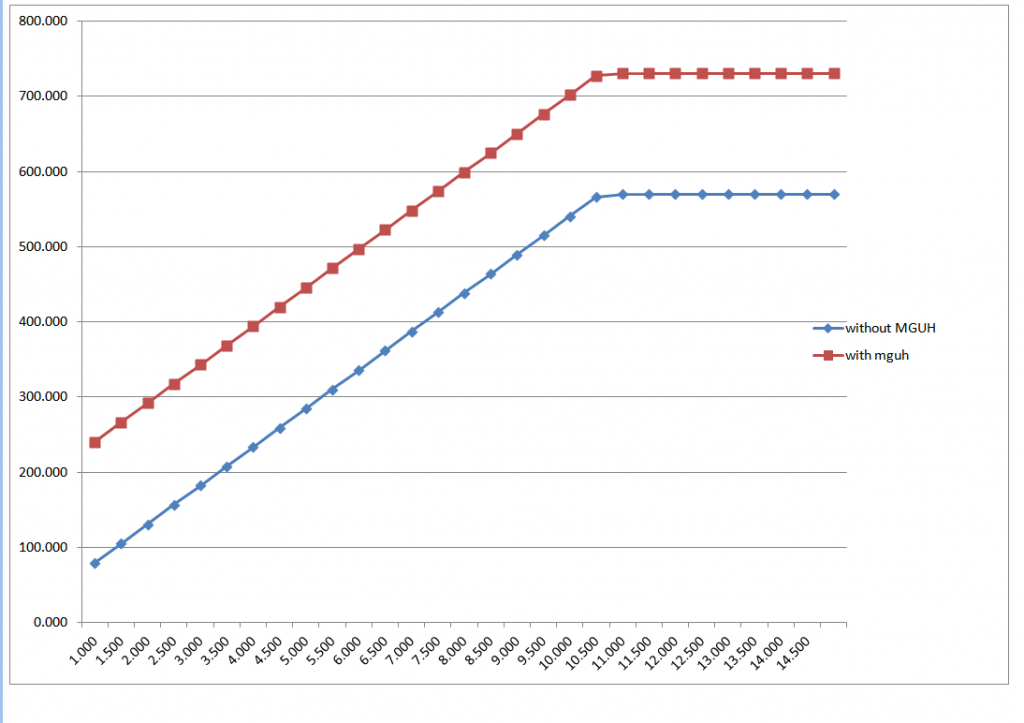2013 V8 uses 150-160 kg of fuel for the race. Peak flow estimate 150 kg/h for the same race profileringo wrote:Where did you get your peak fuel flow numbers from?
2014 V6 uses 100 kg of fuel for the race. Peak flow must be 100 kg/h
Performance is supposed to be roughly similar so the proportion of average flow and peak flow is roughly the same for the same average race profile.
So I have used the 150 kg number but made a miscalculation somewhere along the way. For the peak flow rate of 150 kg/h we get indeed 25.2% BTE for the old V8. ==> 150 kg/h peak flow must be too high for some mistake in the assumption. WE have a pritty good estimate that the V8 had 29-30%.ringo wrote:But lets work with what you have:
485 kJ/s / .0417kg/s = 11630 kJ/kg of fuel , that's 11630kj/kg/46000kJ/kg = 25.2% BTE
But the V8 efficiency wasn't at the core of our disagreement. The difference in efficiency was. With my mistake the difference is even higher so the original point stands that the two engine types must be different ball park.
I think I found the discrepancy. We assumed that the hp figures given by Marmorini and quoted below are break horse power. This appears logical because he also quoted mechanical horse power of the MGU-K which is definitely at the brake.
If you compare break power and thermal power of the peak fuel rate as we did you must get break thermal efficiency. This tells me that you still have a bug in your calculation unless of course you can demonstrate a second time that I have made a miscalculation.If I take Marmorini's power figures I get 485 kW and 448kW respectively. Fuel flow of 27.78 g/s @ 46 kJ/g gives you 1278 kW thermal power from the fuel flow. By doing the ratio I get 35% and 38% BTE.



